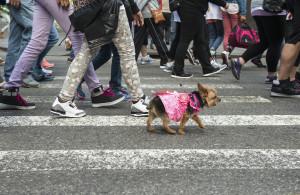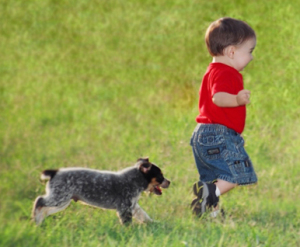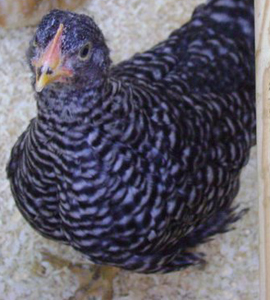 Animals and Culture, Human-Animal Bond, Pet Care
Animals and Culture, Human-Animal Bond, Pet Care  1 Comment
1 Comment Is your canine an URBAN good citizen?
Earlier this week, the American Kennel Club announced its new Urban Canine Good Citizen Test. This was announced without a ton of fanfare, so we will forgive you if you missed it, but it is definitely worth checking out! Like the original Canine Good Citizen program, the urban version recognizes responsible pet owners and their polite, well-trained dogs, with a focus on the challenges of an urban environment:
“City dogs require a very special set of skills, including waiting to cross a street, ignoring food tossed on a sidewalk, behaving in building lobbies and riding elevators,” said Mary Burch, Ph.D., Director of the Canine Good Citizen program. [also: former NAIA board member and writer!] “Urban CGC reinforces practical, everyday skills for the millions of dogs living in urban areas today, creating safer, more responsible communities.”
Lifestyles and culture are always changing. 100 years ago, it was not uncommon for dogs to live outdoors most, if not all of their lives, and dog ownership was primarily for the very rural or the very wealthy. Today, those dogs are sleeping on their owner’s beds, and dogs being walked down a busy city street is a regular occurrence. What a great time for a program like the Urban Canine Good Citizen — and a great chance for dog owners to become ambassadors for responsible pet ownership!
You don’t need to be interested in having a “title” for your dog, you don’t even need to live in a big city. Simply having a well-behaved dog that is not frightened or distracted by their environment, that can safely and confidently walk past both human and dog on a busy sidewalk is a big win for everybody. For your dog, for you, and for your entire community!







